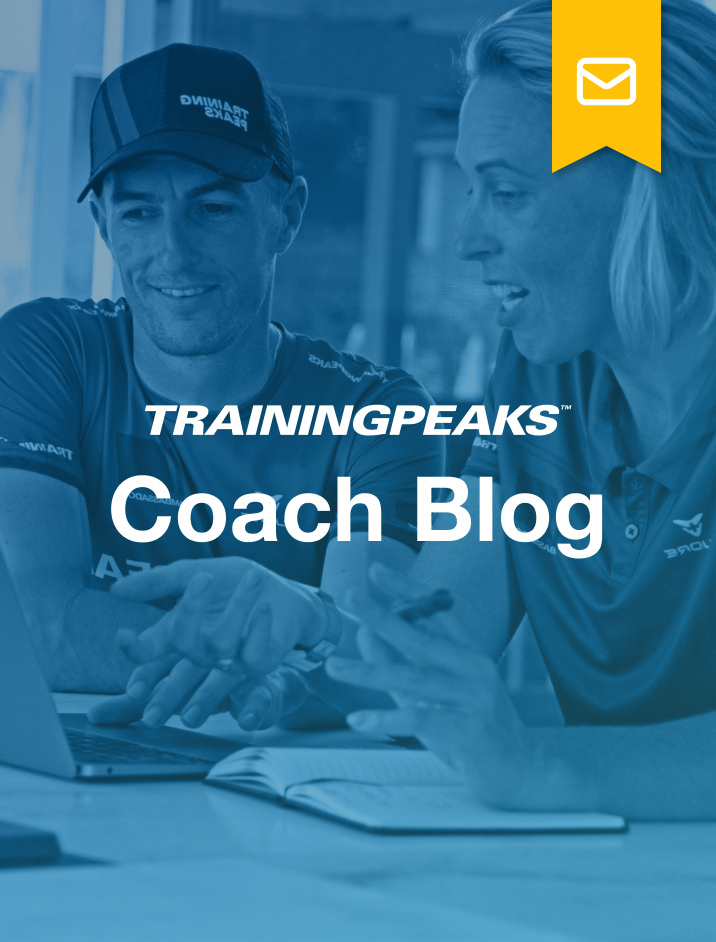This week on the CoachCast Sports Dietician Dina Griffin joined Dirk to discuss the intricacies of pre-race nutrition and hydration leading up to race day. They explore strategy variations based on race duration, climate, sweat rate, gut tolerance and more. If you or your athletes have a race planned for this year, this episode will provide you with invaluable information to make race day more comfortable and successful.
Stand-Out Quotes
“We have to look at what they’ve been doing that has best supported their health and training needs from a pattern perspective. It’s kind of like private detective work and setting up a strategy in advance.”
“It’s not just drinking gallons and gallons of plain water… I still see some mistakes in that area where it’s like, “Oh, I need to aim to pee every hour, pee, clear, keep pounding in the water and then I’m hydrated.” Unfortunately that doesn’t, it doesn’t work that well, and it’s almost the opposite, right? Cause we can lose some of those electrolytes along with just peeing out all the water we’ve consumed.”
“Sodium loading is really just helping the body hold onto its fluid stores for a little longer. So we’re dehydrating more slowly the next day.”
“How quickly we metabolize caffeine, we know that there is a genetic variant there that determines and plays a role. So some of us don’t do well with caffeine. I mean, it can be too much for us.”
Resources
Nutrition Mechanic Website
Nutrition Mechanic Instagram
Nutrition Mechanic Facebook




